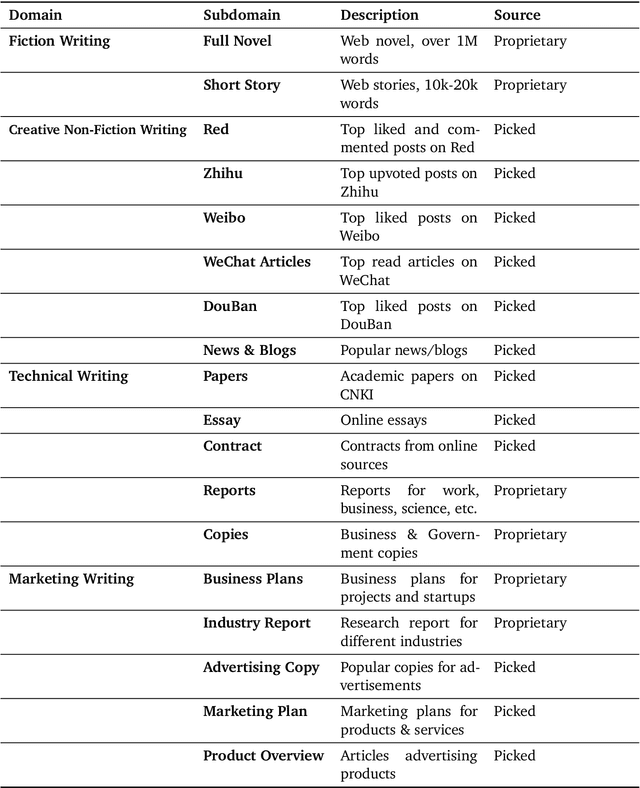Jiayang Huang
The Dream Within Huang Long Cave: AI-Driven Interactive Narrative for Family Storytelling and Emotional Reflection
Apr 07, 2025Abstract:This paper introduces the art project The Dream Within Huang Long Cave, an AI-driven interactive and immersive narrative experience. The project offers new insights into AI technology, artistic practice, and psychoanalysis. Inspired by actual geographical landscapes and familial archetypes, the work combines psychoanalytic theory and computational technology, providing an artistic response to the concept of the non-existence of the Big Other. The narrative is driven by a combination of a large language model (LLM) and a realistic digital character, forming a virtual agent named YELL. Through dialogue and exploration within a cave automatic virtual environment (CAVE), the audience is invited to unravel the language puzzles presented by YELL and help him overcome his life challenges. YELL is a fictional embodiment of the Big Other, modeled after the artist's real father. Through a cross-temporal interaction with this digital father, the project seeks to deconstruct complex familial relationships. By demonstrating the non-existence of the Big Other, we aim to underscore the authenticity of interpersonal emotions, positioning art as a bridge for emotional connection and understanding within family dynamics.
Weaver: Foundation Models for Creative Writing
Jan 30, 2024



Abstract:This work introduces Weaver, our first family of large language models (LLMs) dedicated to content creation. Weaver is pre-trained on a carefully selected corpus that focuses on improving the writing capabilities of large language models. We then fine-tune Weaver for creative and professional writing purposes and align it to the preference of professional writers using a suit of novel methods for instruction data synthesis and LLM alignment, making it able to produce more human-like texts and follow more diverse instructions for content creation. The Weaver family consists of models of Weaver Mini (1.8B), Weaver Base (6B), Weaver Pro (14B), and Weaver Ultra (34B) sizes, suitable for different applications and can be dynamically dispatched by a routing agent according to query complexity to balance response quality and computation cost. Evaluation on a carefully curated benchmark for assessing the writing capabilities of LLMs shows Weaver models of all sizes outperform generalist LLMs several times larger than them. Notably, our most-capable Weaver Ultra model surpasses GPT-4, a state-of-the-art generalist LLM, on various writing scenarios, demonstrating the advantage of training specialized LLMs for writing purposes. Moreover, Weaver natively supports retrieval-augmented generation (RAG) and function calling (tool usage). We present various use cases of these abilities for improving AI-assisted writing systems, including integration of external knowledge bases, tools, or APIs, and providing personalized writing assistance. Furthermore, we discuss and summarize a guideline and best practices for pre-training and fine-tuning domain-specific LLMs.
 Add to Chrome
Add to Chrome Add to Firefox
Add to Firefox Add to Edge
Add to Edge